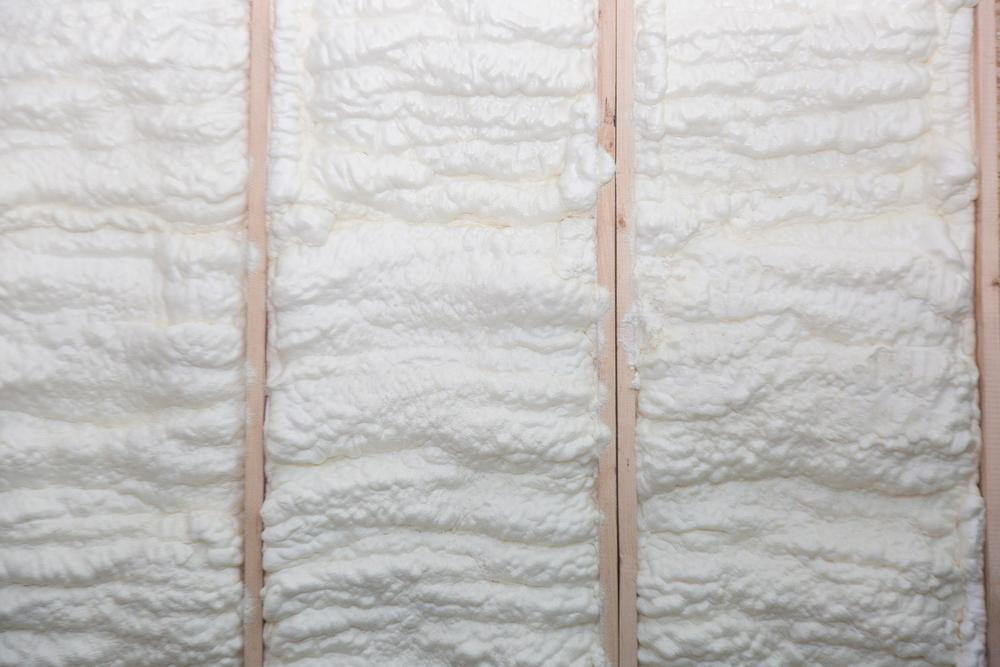Nestled amidst the idyllic countryside of Cheshire, finding peace and tranquility in your home is essential. However, external noise from roads, neighbors, or even wildlife can disrupt your serenity. That’s where soundproofing comes to the rescue. In this comprehensive blog, we will explore the benefits of soundproofing in Cheshire and provide valuable insights and tips to help you create a serene and quiet haven in the heart of the countryside.
1. Embracing the Benefits of Soundproofing in Cheshire: Living in Cheshire offers the charm of rural living, but it also means encountering noise challenges specific to the countryside. Soundproofing your space provides numerous advantages, including reduced stress levels, improved sleep quality, increased privacy, and enhanced focus. Whether you reside in a picturesque village or a bustling town, soundproofing allows you to enjoy the tranquility that Cheshire offers.
2. Identifying Noise Sources: Understanding the primary sources of noise in your Cheshire home is crucial in developing an effective soundproofing strategy. Is it the distant hum of traffic, the nearby railway line, or the chirping of birds that disrupt your peace? Identifying these sources will help you target the right areas for soundproofing and choose the appropriate materials and techniques.
3. Soundproofing Techniques and Solutions: a) Acoustic Insulation: Enhancing the insulation of your walls, ceilings, and floors with acoustic materials can significantly reduce noise transmission. These specialized materials absorb and dampen sound waves, preventing them from entering or escaping your space. b) Soundproofing Windows and Doors: Upgrading to soundproof windows and doors can create a substantial barrier against external noise. Double or triple-glazed windows, along with specially designed soundproof doors, minimize noise infiltration, maintaining a peaceful indoor environment. c) Noise-Reducing Materials: Utilise noise-reducing materials such as acoustic panels, soundproof curtains, and carpets to absorb and dampen sound within your space. These materials are available in various styles and designs, allowing you to enhance the aesthetics of your Cheshire home while achieving effective noise reduction.
4. Seeking Professional Assistance: While soundproofing can be a DIY project, seeking professional assistance ensures optimal results. Soundproofing experts in Cheshire possess the knowledge, experience, and access to high-quality materials to deliver effective soundproofing solutions tailored to your specific needs. They can assess your space, recommend the most suitable techniques, and carry out the installation process efficiently.
5. Revel in the Serenity of Soundproofing: Once your Cheshire home is soundproofed, you’ll experience the transformative power of tranquility. Embrace peaceful evenings, undisturbed sleep, improved concentration in your home office, and a heightened sense of privacy. Soundproofing creates a haven within the serene surroundings of Cheshire, allowing you to fully enjoy the beauty and calmness of the countryside.
Conclusion: In the picturesque countryside of Cheshire, soundproofing your space ensures a harmonious and serene living environment. By recognizing the benefits of soundproofing, identifying noise sources, utilizing effective techniques and materials, and seeking professional assistance when necessary, you can create a peaceful oasis in the heart of the countryside. Embrace the tranquility that Cheshire offers and reclaim your space from external noise with soundproofing solutions tailored to your Cheshire home. Enjoy the serenity and harmony you deserve in the captivating surroundings of Cheshire.

